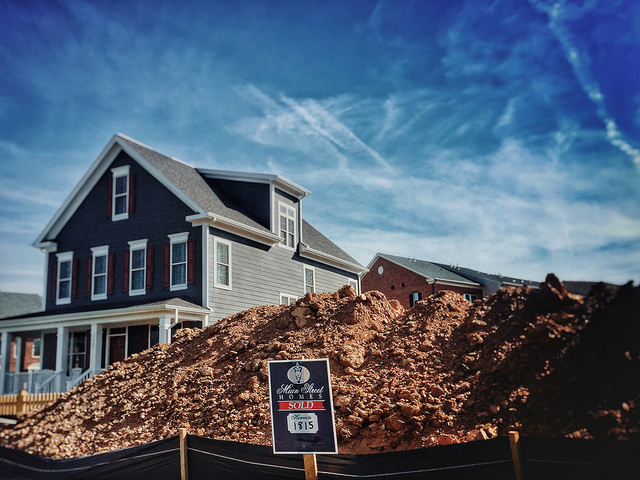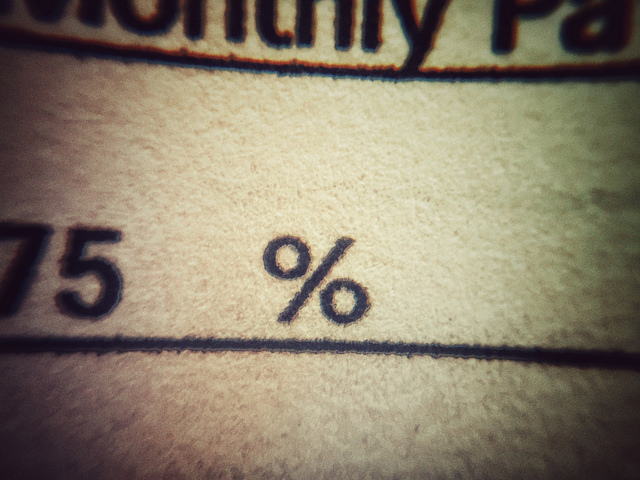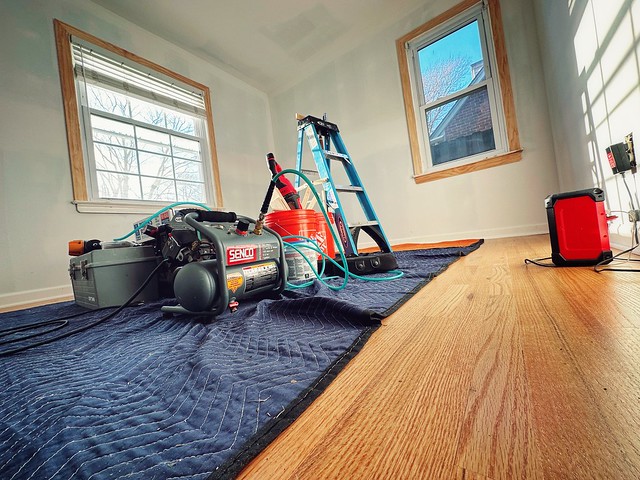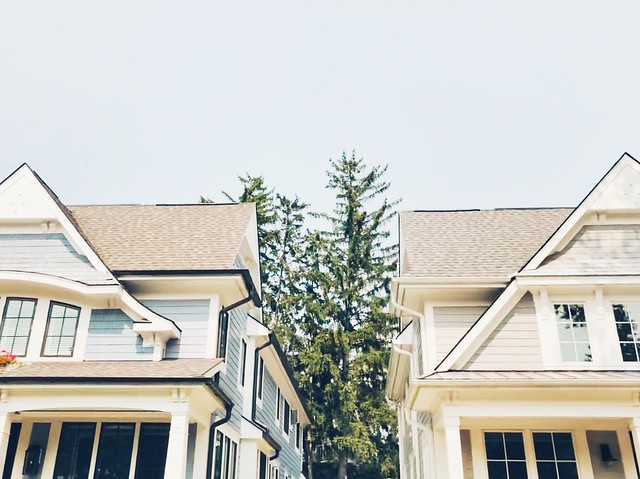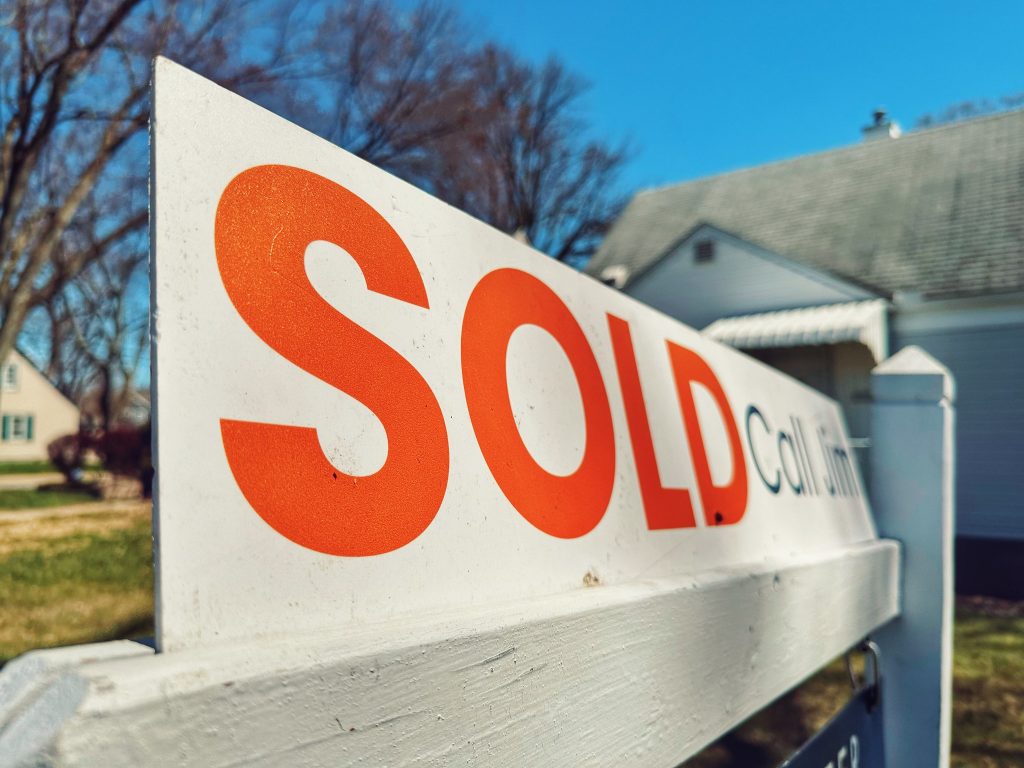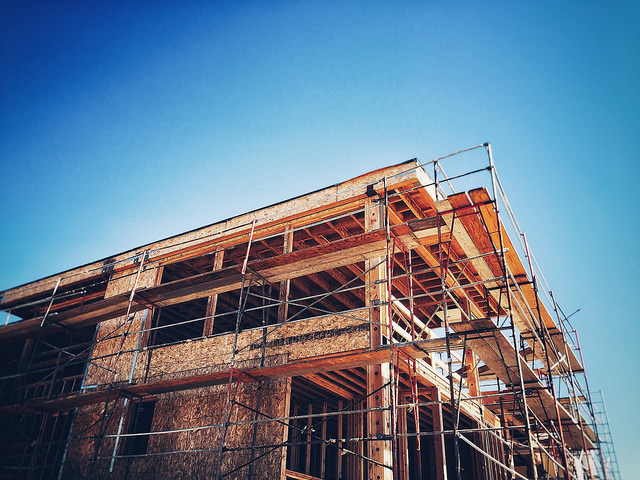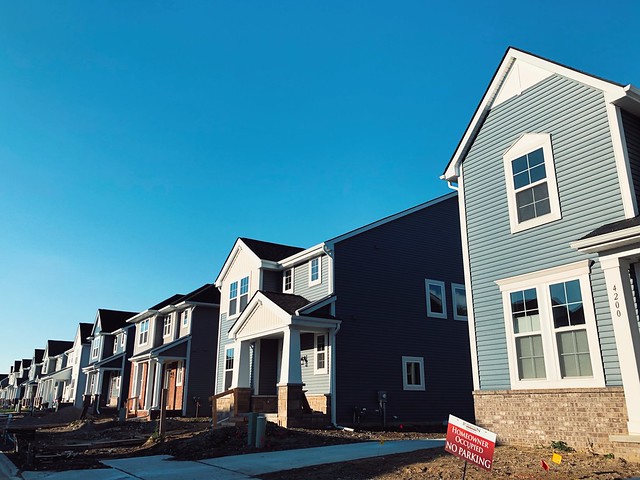Sales of newly built single-family homes tumbled in January, falling 10.5 percent from the month before, according to new numbers from the U.S. Census Bureau and the Department of Housing and Urban Development. That’s a significant decline but there may be more to the decrease than initially meets the eye. How so? Well, for one, new home sales are often volatile and frequently corrected. For example, last month’s totals were revised upward from the originally reported annual rate of 698,000 units to 734,000 units, making December’s increase even larger. Also, a look at regional numbers shows – much like residential construction data in January – the areas of the country that were hit by winter storms and frigid temperatures during the month saw bigger declines than were seen elsewhere. In fact, sales were down 20 percent in the Northeast but rose 7.7 percent in the West. What does this mean? It means January’s new home sales decline may not be an accurate reflection of the health of the new home market. Put another way, new home sales are just 1.1 percent lower than they were last year at the same time. (source)
